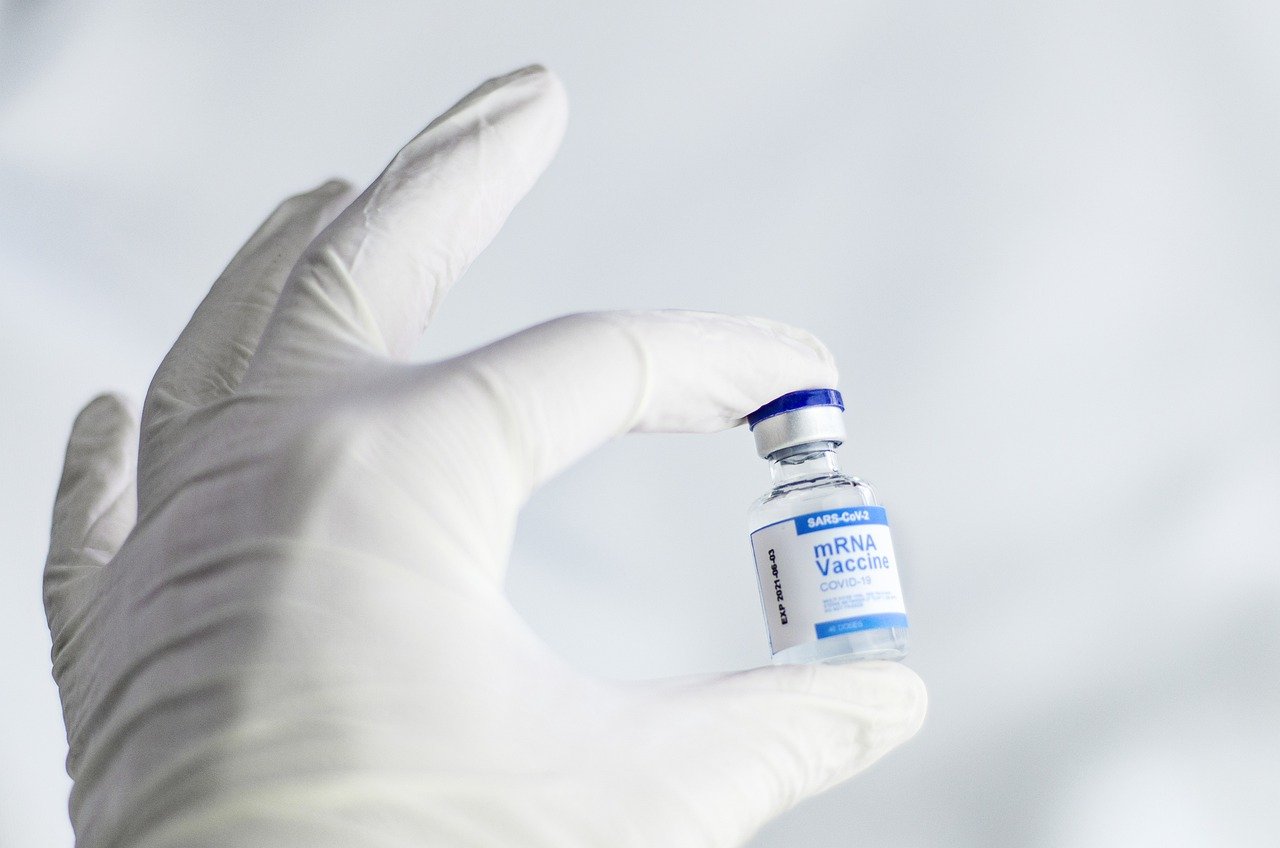
What You Should Know:
– In May, U.S. hospitals, health systems, and physician groups were beginning to recover from COVID-19’s impact on their operations, but the dramatic spread of the Delta variant and an increase in COVID-19 cases and hospitalizations caused new setbacks, according to two reports from Kaufman Hall.
– Hospitals and health systems experienced setbacks in July as the variant drove dramatic spikes in new COVID-19 cases and hospitalizations. Margins and volumes both fell across key metrics compared to pre-pandemic levels seen in 2019. While revenues rose above 2019 levels, those gains were offset by escalating expenses. The July results also suggest that some healthcare consumers once again maybe postponing non-urgent procedures and other outpatient care due to COVID-19 concerns.
– Physician groups also saw expenses increase in the second quarter of 2021 versus pre-pandemic levels, along with continued high investments required to supplement insufficient physician revenues. Combined with rising COVID-19 rates, these trends offer cause for concern despite productivity and revenue improvements for the quarter, according to the latest issue of Kaufman Hall’s Physician Flash Report.
Other key findings of the reports include:
Operating Margins
– For hospitals, actual margins remained narrow. The median Kaufman Hall hospital Operating Margin Index was 3.2% in July, not including federal Coronavirus Aid, Relief, and Economic Security (CARES) Act funding. Operating Margin was down 7% year-to-date compared to the first seven months of 2019 without CARES Act funding, due in part to rising expenses for higher acuity cases, including COVID-19 patients. Compared to losses seen early in the pandemic in 2020, however, Operating Margin jumped 83.9% year-to-date (YTD) without federal aid. Hospitals in the South experienced the greatest year-over-year drop in margins as the region grappled with high rates of the Delta variant.
Inpatient Discharges
– Inpatient Discharges fell 9.2% YTD compared to the first seven months of 2019. Adjusted Discharges and Emergency Department (ED) Visits also fell below pre-pandemic levels, at 3.9% and 13.1% YTD, respectively. Operating Room Minutes were essentially flat compared to 2019.
Revenue & Expenses
Revenues and expenses both increased versus pre-pandemic levels. Compared to the first seven months of 2019:
– Inpatient Revenue was up 3.7% YTD
– Outpatient Revenue rose 10% YTD
– Total Expense per Adjusted Discharge increased 14.1% YTD
– Labor Expense per Adjusted Discharge rose 12.5% YTD
– Non-Labor Expense per Adjusted Discharge jumped 14.6% YTD
– Physician groups across the country saw worsening performance across physician investments and expenses in the second quarter compared to pre-pandemic performance in Q4 2019. The median Investment/Subsidy per Physician Full– Time Equivalent (FTE) was $232,583 for the second quarter, up 16.5% from Q4 2019.
Physician Metrics
– The median actual paid Physician Compensation per FTE was $312,799 for the quarter, up just 1% from 2019 levels. Physician productivity—measured as Physician work Relative Value Units (wRVUs) per FTE—rose 11.4% compared to Q4 2019. Net Revenue per Physician FTE (including advanced practice providers or APPs) also increased with higher patient volumes and physician productivity. The metric rose to $631,488 in the second quarter, up 11.6% from Q4 2019. Meanwhile, expenses continued to climb. Total Direct Expense per Physician FTE (including APPs) reached $875,878 for the quarter, up 11.7% versus late 2019.
Report Background/Methodology
The National Hospital Flash Report draws on data from more than 900 hospitals, and the Physician Flash Report draws on data from nearly 100,000 providers representing more than 100 specialties. Data from both reports come from Syntellis Performance Solutions.